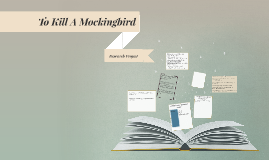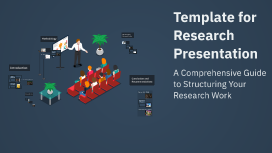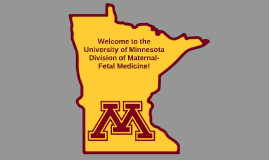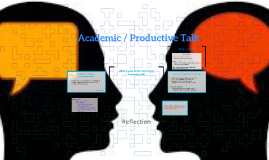Book Talk Template
Transcript: Turtles All the Way Down By John Green A Book Talk by Brittnye Shaffer Book Stats Turtles All the Way Down is another in a long series of masterful works by John Green, author of such other new classics as The Fault in Our Stars and An Abundance of Katherines. His newest novel of 286 pages continues in the realistic fiction genre, focused again on the experiences of teens dealing with life, coming of age, and managing much more than they wish they were, and certainly more than we would wish to. Subtopic 1 We enter into the story of Aza, who at first we might believe is just an anxious teen, but it soon becomes evident that she is a bit more than regular-level anxious. She frequently gets caught in what she (and her therapist) call "thought spirals," where she can't stop thinking about particular things. We begin to have compassion for her character as we delve deeper into the story, and her mental stability and emotional strength quickly come under siege as we learn that an old friend's father has gone missing, and is offering a huge reward that could certainly help the financial burden her mom has been shouldering since her dad passed away. Will Aza use her connection to her friend for financial gain? Will they find his Dad? Is he even alive? Will Aza ever be able to stop the thought spirals? Read to the end to find out! Plot Summary Theme When reading this novel, there seems to always be theme of "difference is okay." Aza's friends are more than forgiving of her difficulties, and are compassionate and patient with her, even when they don't understand. In one interaction in our very first encounter with Daisy (Aza's best friend), Aza has been focused on her thoughts so much that she hasn't said much all day, and Daisy offers to come over, and "Improve (her) mood until (she) is able to say three or even four words in a row." (pg8) This kind of loving tolerance for Aza's idiosyncrasies is part of what makes the book such a great example of true friendship. What is the lesson? Secondary Theme Throughout the book, Aza's friendship with Davis becomes more and more of an important plot point. It's obvious from the beginning of the novel that the development of what could be love between them is going to be a focus. Meeting for the first time after years, even being basically strangers, Davis shows extraordinary care, remembering her favorite drink--"Dr Pepper" (pg 31)-- and even her nervous habit of piercing her finger with her nails--"I remember this..." (pg40). These tiny details all build up to a great and potentially painful romance, and their patience for each other's problems and issues, only shows over and over how friendship is an important foundation for love. Friendship is the best kind of love. As someone who also deals with anxiety issues, I can really identify with Aza's struggles to stay focused on what matters, and the gratitude she shows to those who love her for handling her issues so well. I often used to wonder as a young person why anyone liked me, and I was incredibly thankful to those who did, even though I very seriously doubted many who tried to be friends with me, going so far as to be suspicious of new people who tried, because there were so many other people who had done so just to make fun of me. Text to Self Connections Text Connections A Deeper Look This book reminds me very much of John Green's other books. It focuses on a teenage protagonist, usually deals with death, illness, and parental loss, and often features a central romance involving the main character. Typical of Green's work is an advanced level of diction, using words that are atypical of teenage vernacular, and also a strong tendency towards very literary or science-focused characters. Aza, perhaps because of her anxiety, hyperfocuses on the molecular happenings inside her body, often siting the scientific names of various internal bacteria and parasites. This also reminds me of my time in middle school when I was obsessed with becoming a microbiologist, and connects to conferences I took about DNA and bacteria. Text to Text Connections This novel also brings to mind the great issues facing young people today. There is so much more access to the internet, to other people, to infinite information than ever before, and is it always beneficial? In Aza's case, her ability to look up bacteria on demand seems to cause more issue than support. Text to World Connections I think this book definitely appeals to young people, to anyone who has ever valued their friends, to people who wonder what anxiety must be like for those who deal with it. I loved getting to know Aza, and watching try and fail and conquer her fears, and ultimately I love the relationships she builds. It gives me confidence that I too can let go off my own concerns and let myself be loved unconditionally and without fear. Personal Thoughts Evaluation Recommendation I recommend this book for teens and young people, anyone who is a fan of John Green's work. People

















